Ski Socks Or Compression Socks? The Answer May Shock You!
Are you frustrated with loss of circulation in your legs when skiing? It's time to give compression ski socks a chance. Boost your performance now
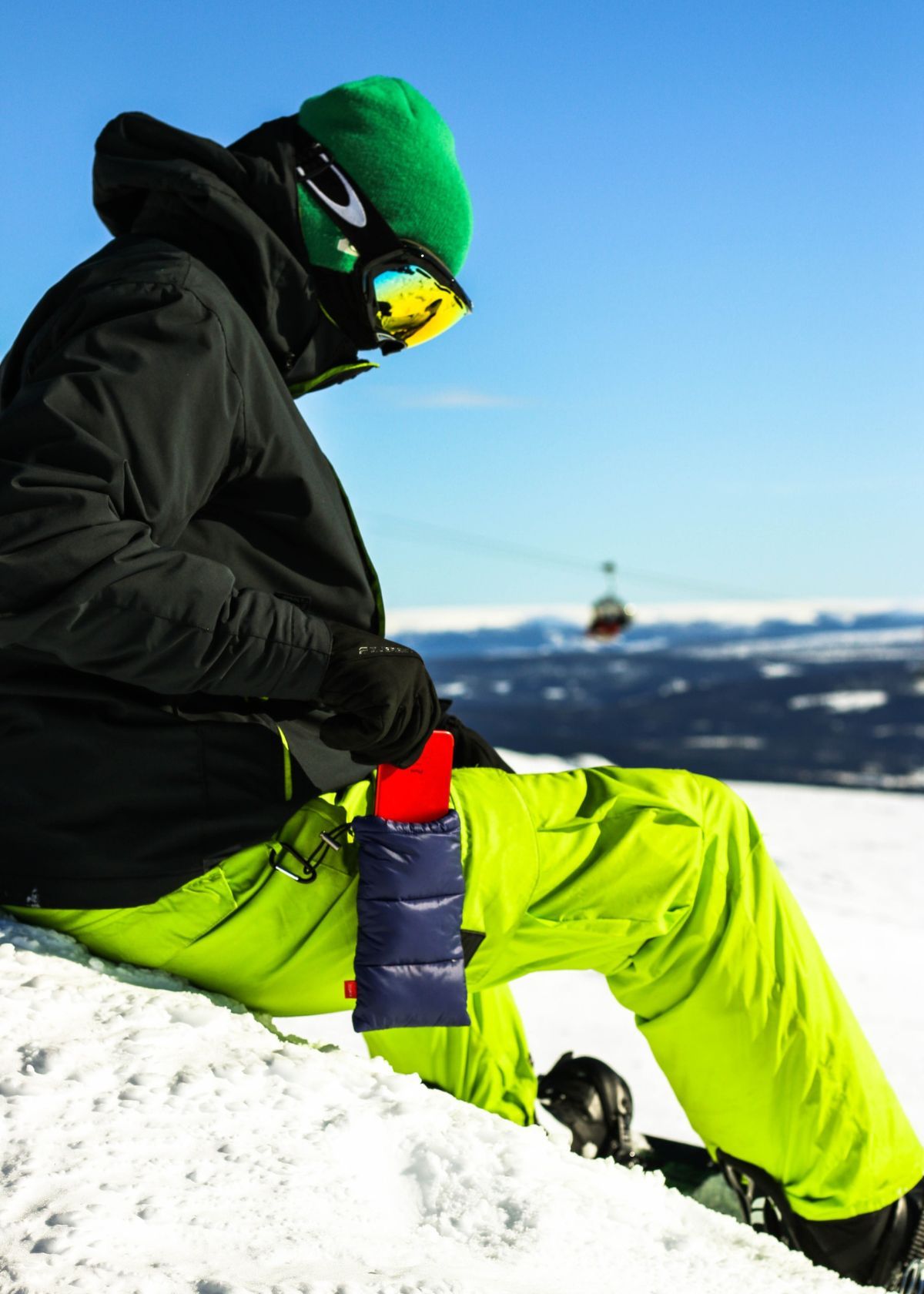
Looking for a way to make ski days even better?
Compression socks are the newest tech in ski apparel! They offer an extra layer of insulation and support, giving you more confidence on your skis. Not only do they keep you warm, but they also improve circulation so your feet stay energized all day long.
Whether you're a seasoned pro or learning it for the first time, compression socks will give you an extra boost of performance. You'll have more control on tricky descents and won't need to worry about being uncomfortable after hours of skiing.
Check out our link down below and get ready to take your ski experience to new heights!
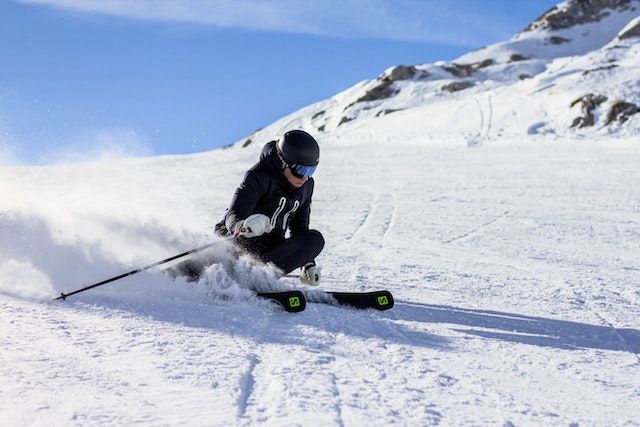
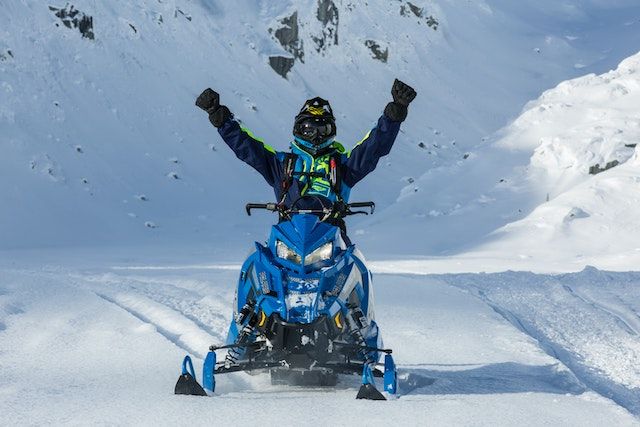

What Are Compression Socks
You can find compression socks at most pharmacies, big box stores and many online retailers. Depending on the type of compression sock that’s right for you, you may need a doctor’s prescription and/or professional fitting for maximum results.
There are three main types of compression socks or stockings:
- Graduated compression stockings: With this type of compression stocking, the compression is strongest at the ankle and decreases up toward the knee. If you have peripheral edema or orthostatic hypotension, your doctor may recommend this type. In fact, graduated compression stockings generally require a doctor’s prescription and professional fitting.
- Anti-embolism stockings: This type of stocking also features graduated compression that decreases from the ankle upwards, but it is used for people who are not mobile. “Anti-embolism stockings can help reduce the chances of developing deep vein thrombosis,” says Dr. Mohan. Anti-embolism stockings also generally require a doctor’s prescription and professional fitting.
- Non-medical support hosiery: This type of compression stocking does not require a prescription and is available at most pharmacies. Support hosiery offers the same level of compression throughout the stocking and can provide relief for tired, achy legs.
Who Benefits From Wearing Compression Socks
Compression socks can be beneficial for many conditions. Your doctor may recommend you wear compression socks for:
- Boosting circulation in the legs
- Decreasing swelling in the legs and ankles
- Improving lymphatic drainage
- Managing orthostatic hypotension, or low blood pressure when you stand up after a period of sitting down
- Preventing blood from pooling in the leg veins
- Preventing deep vein thrombosis in the legs
- Preventing venous ulcers
- Reducing pain related to varicose veins
- Reversing venous hypertension
Compression socks can be useful for other situations, too:
- Athletes sometimes wear compression socks on their arms or hands to help improve blood flow and oxygen delivery while they’re working out, practicing or during competition. Some athletes also wear compression wraps to help speed up their post-workout recovery.
- For someone who is confined to a wheelchair, compression socks can help improve blood flow and reduce swelling in the legs.
- Pregnant women who are prone to swelling in their legs, feet or ankles may want to wear compression stockings to reduce chances of swelling. Most pregnant women see the best results with compression socks when they put them on in the morning as a preventative measure, versus putting them on after they’ve developed swelling.
- Airplane passengers or crew on long or frequent air flights may want to wear compression socks to help increase circulation and reduce their risk of developing deep vein thrombosis or blood clots.
- For people on their feet all day at work, compression socks can help reduce fatigue, pain or swelling by increasing blood and oxygen flow in the legs and feet.
What Are Ski Socks
Ski socks are designed to be worn with ski boots. They are longer than everyday socks and also thicker at the shin and toes to help protect you at boot pressure points.
While everyday socks are usually made of thin cotton, ski socks are composed of wool. Merino wool wicks away moisture and helps regulate your body temperature.
Wool has antimicrobial properties that can keep your feet from getting stinky. Some merino wool ski socks also contain synthetic fabric to give them extra stretch and durability.
How Are Ski Socks Different From Regular Socks
Extra padding at the shin - Ski socks provide extra padding at boot pressure points like the shin to minimize discomfort as you ski.
No seam toes - The last thing you want coming between your toes and the front of your ski boot is a seam. Ski socks come sans toe seams to prevent pressure from building up in this zone.
Cuffs - Elastic ankle cuffs keep your socks hiked up to prevent uncomfortable bunching.
Sock length - Ski socks are longer than regular socks for a simple reason: they are designed to come up above your ski boots.
Yarn thickness - Because of the increased pressure in a ski boot versus a shoe, ski socks have a thin twill.
Anatomical design - Ski socks are designed to fit snugly around your foot and calf zones for maximum protection and comfort.
Fit - Your socks should fit snugly without cutting off your circulation – which can lead to cold feet!
What kind of ski socks are there?
Compression socks - Compression socks fit snugly against the skin without any slippage. They will stay in place even after a full day on the slopes.
Heated socks - Reach for heated socks if you're planning on skiing in the bitter cold or just can't stand the idea of having chilly toes.
How To Choose Ski Socks
Medium socks - Medium thickness ski socks are the most common variety. If you’re unsure, go with medium. Not feeling the cold and your boots aren’t too tight? Go medium.
Thin socks - Thin ski socks are for pro skiers who wear tighter boots and want more performance for their buck. Less material between your foot and the ski boot equals greater performance.
Liners - Liners are the thinnest possible ski sock made of a single piece of material. These are generally used by pro athletes.
Blended socks - Blended socks feature a durable mix of synthetic and merino wool fabrics. This variety has more stretch than pure wool socks and will last longer.
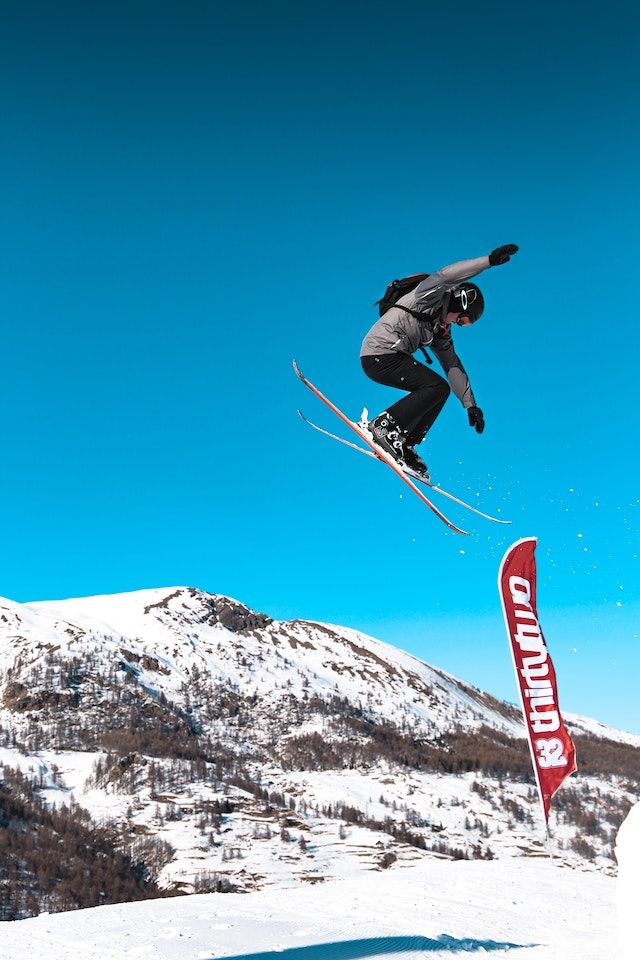
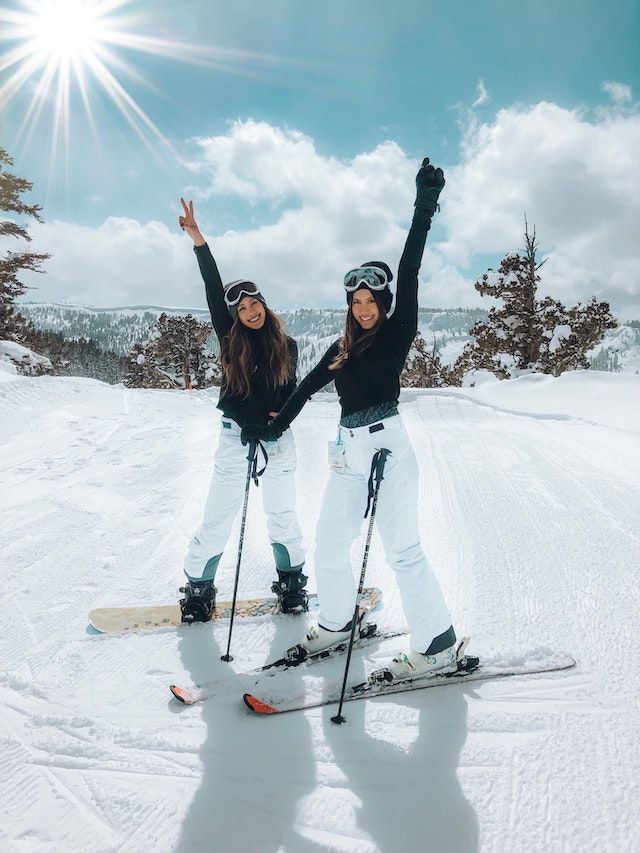
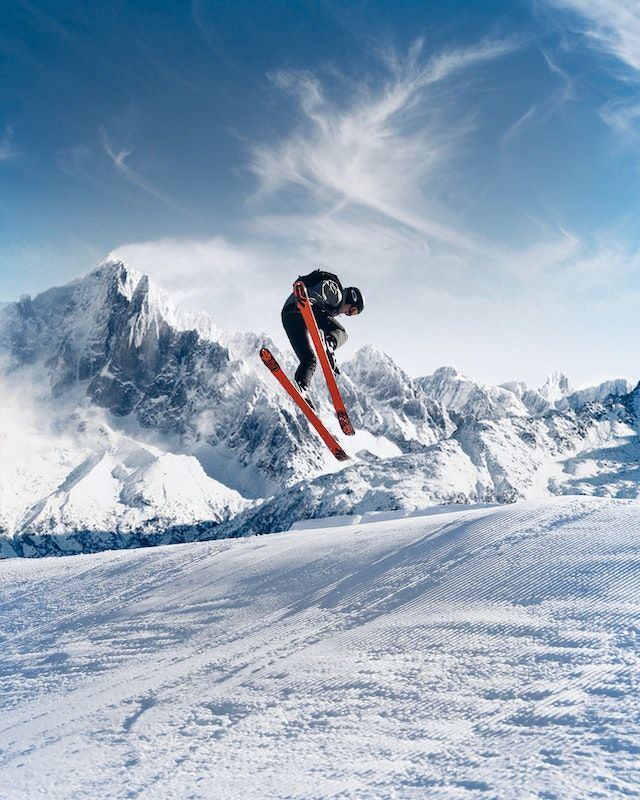
Are Ski Socks Compression Socks
Ski socks and compression socks may look quite similar, but they serve different purposes.
While compression socks are designed to provide graduated compression to improve circulation and support the muscles, ski socks are designed to provide warmth, insulation, and protection to the feet while skiing.
Some ski socks may have compression technology built into them, but they are not the same as pure compression socks that are designed specifically for medical and athletic purposes.
So, in short, ski socks are not technically compression socks.
Compression Socks FAQs
Are your tired feet tired of being tired? Sick of soreness and swelling after a day on your feet?
Do you dread the end of the day when the discomfort begins to set in? Do you wish there was something out there to help alleviate your pain?
Compression socks are here to help! They offer all-day comfort, support, and relief from foot and leg fatigue and help blood circulation, making them perfect for work, travel or leisure.
What are the benefits of wearing compression socks?
Compression socks can help improve circulation in your legs, reduce swelling, and provide support for your muscles and joints. They also help reduce fatigue and soreness after long periods of standing or sitting, as well as during exercise.
How do I choose the right size?
It’s important to measure your calf circumference before purchasing a pair of compression socks to ensure you get the right fit. Compression socks come in different sizes based on calf circumference measurements (in inches).
Generally speaking, if your calf measures between 8-13 inches then you should buy a small/medium size sock; if it measures 13-17 inches then you should buy a medium/large size sock, and if it measures 17-21 inches then you should buy a large/extra-large size sock.
How tight should my compression socks be?
Your compression socks should feel snug but not too tight—they shouldn’t cause any discomfort or pain when worn correctly. If you feel any discomfort or pain when wearing them, try adjusting them slightly until they feel comfortable again.
How often should I wear my compression socks?
It depends on why you’re wearing them—if you’re using them to treat a medical condition like lymphedema or deep vein thrombosis (DVT), then you may need to wear them all day every day.
However, if you’re using them for general health benefits like improved circulation or muscle support during exercise then wearing them several times per week may be sufficient. Talk with your doctor about how often is best for your individual needs.
How long do I need to wear my compression socks each time?
Again, this depends on why you’re wearing them—for medical conditions like lymphedema or DVT, it may be necessary to wear them all day every day; however, if they’re being used for general health benefits like improved circulation or muscle support during exercise then wearing them for 30 minutes at a time may be sufficient. Talk with your doctor about how long is best for your individual needs.
In conclusion, while ski socks and compression socks may look similar, they serve different purposes. Ski socks are designed to provide warmth, insulation, and protection while skiing, while compression socks are designed to increase blood circulation, reduce swelling, and provide support to the legs.
While some ski socks may have compression technology built into them, they are not the same as true compression socks designed for specific medical or athletic purposes. It’s important to choose the right type of sock for your specific needs.
Talk to your doctor about whether compression socks are right for you and the best way to incorporate them into your routine. Keep in mind that proper sizing, comfort, and the right level of compression are important factors to consider when selecting compression socks.
In short, ski socks are not designed to replace compression socks, and you should choose the type of sock that is best suited to your individual needs.
We've done the research so you don't have to! To browse our Top Picks for Best Heated Ski Socks please click the link below!
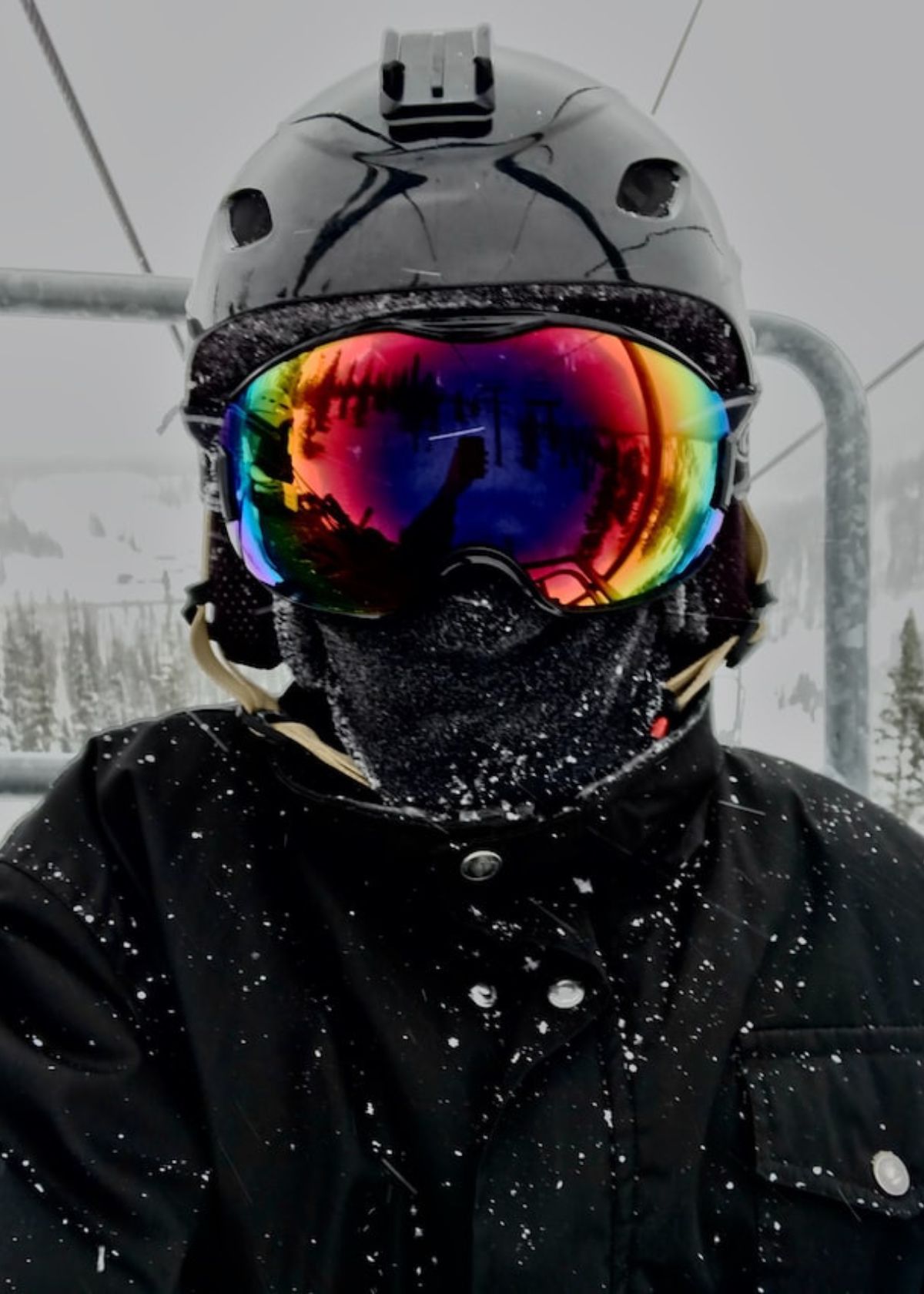
Your Friends,
LoveNatureReviews Team





